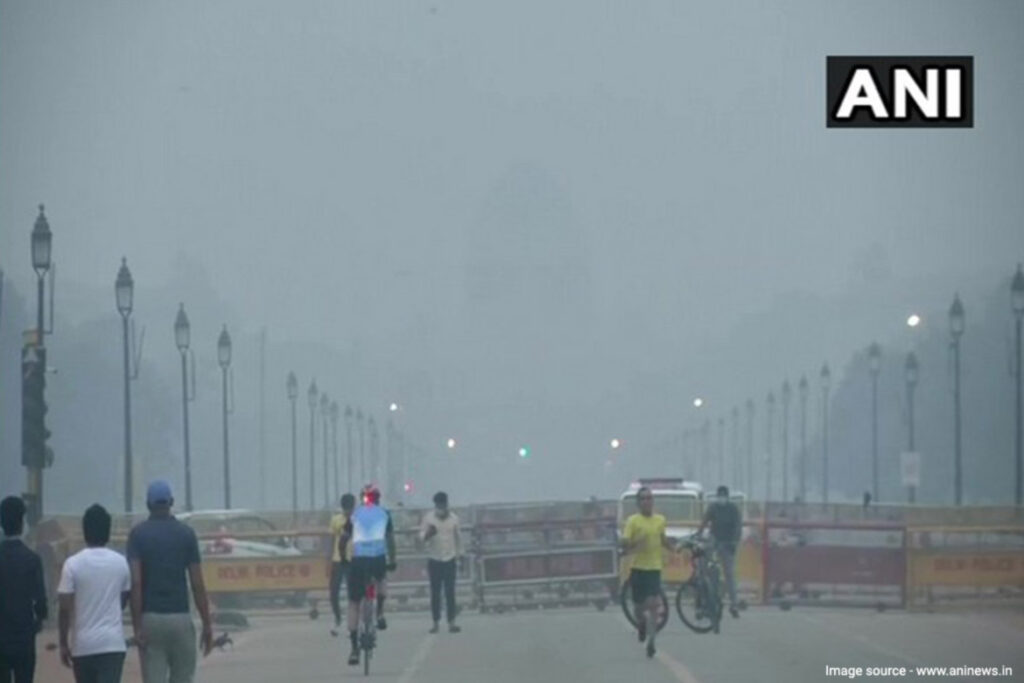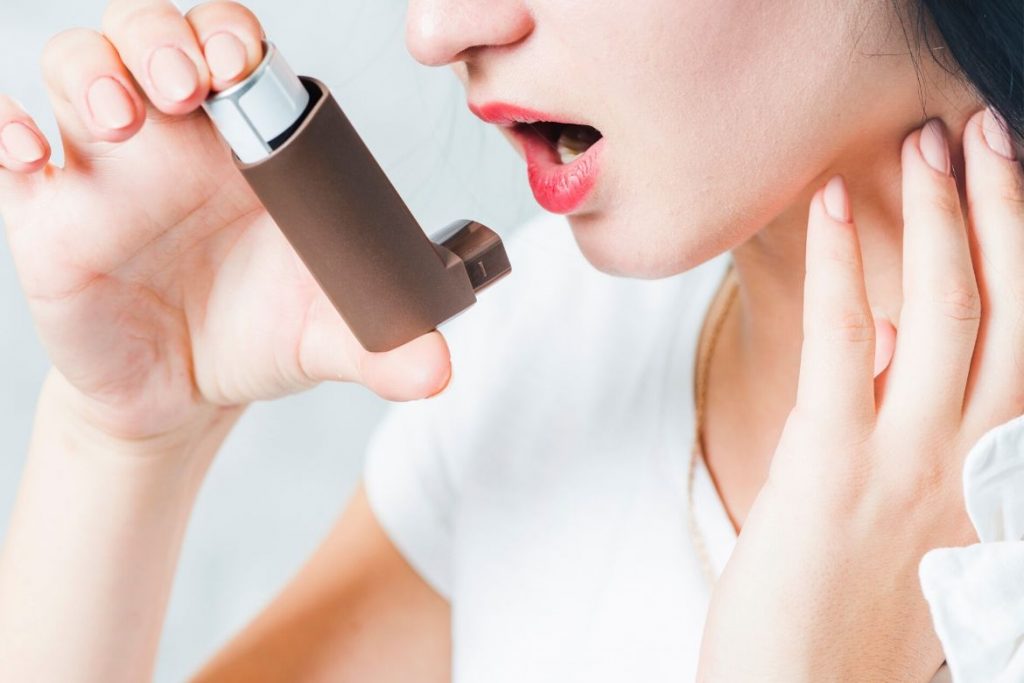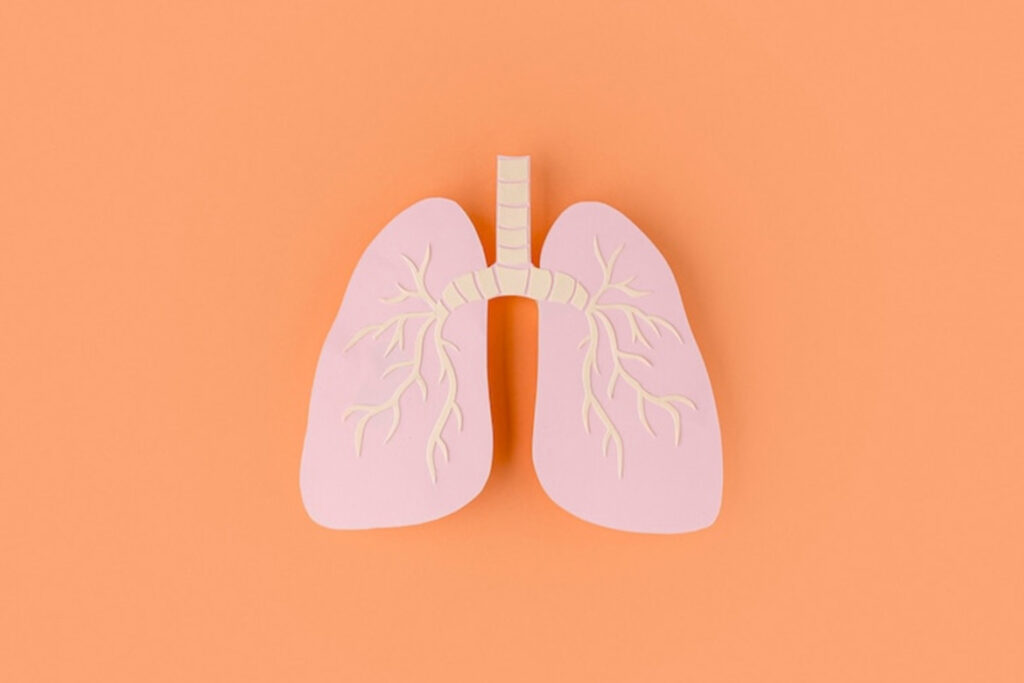Winter has arrived, and with it the problem of air pollution. According to a report on the Air Quality Life Index published in 2021, more than 510 million people, or about 40% of the country’s population, live in the Indo-Gangetic plains of Northern India, where pollution levels routinely exceed those found anywhere else in the world by an order of magnitude. If 2019 concentrations continue, the inhabitants of this region, which includes the megacities of Delhi and Kolkata, are projected to lose more than 9 years of life expectancy.
How winter exacerbate the pollution problem?

The degree of air pollution can rise due to seasonal factors and human behaviour.
As you may already be aware, warm air rises and cold air typically dives. Elevation typically results in a reduction in temperature. As a result, it is simple for air close to the earth’s surface—which includes a lot of pollution—to rise and be taken away.
Thermal inversions, however, are more likely to occur in the winter. As a result of reduced sunlight during this time of year, air near the earth’s surface may become colder than the air above it, acting as a “lid” to confine the colder, polluted air below. This may be visible as winter smog while you’re out and about in the city.
The air is less humid in the winter, which is another factor contributing to the worsening of air pollution. Rain is often less likely because cold air molecules naturally hold less moisture than warm air molecules. This is not ideal because rain can mix up air layers, wipe out pollutants, and prevent thermal inversions. In the winter, the air is dryer and there are fewer thunderstorms, which can break up ozone. As a result, air pollution is a bigger issue.
What effects does air pollution have on health?
Long-term and short-term health problems might result from air pollution exposure. When the air is contaminated with fine particulate particles, which are easily ingested and settle in the lungs, severe health consequences occur.
Asthma attacks:

Read more: These foods can trigger attacks in asthmatic patients; Know what they should eat
People’s asthma symptoms can get worse from air pollution, and it can potentially start a new attack. Ozone and particle pollution can aggravate asthma episodes when inhaled.
The Children’s Center at Stanford University conducted a study that found that both short- and long-term exposures to high levels of carbon monoxide, nitrogen dioxide, and PM 2.5 were linked to changes in the two genes that control immune tolerance in children, and that these changes were strongly related to asthma.
Lung cancer:

Read more: With these 7 tips you can cleanse your lungs naturally
Lung cancer, mesothelioma, and cancers of the mouth and throat are all at higher danger when air pollution levels rise, according to a September 2022 study that was published in the Lancet.
Epidermal growth factor receptor mutant lung cancer and other cancers are more common in those who are consistently exposed to higher PM2.5 air pollution levels, according to a different study from the UK’s Francis Crick Institute and University College London.
Other chronic diseases:
Chronic bronchitis, chronic obstructive pulmonary disease (COPD), pneumonia, and even heart disorders can all result from prolonged exposure to air pollution. Additionally, it may cause problems with the central nervous system.
Intensity and occurrence of these disorders vary from person to person based on their age, sex, and current state of health. The way of life of the people also has an impact.
How to combat winter pollution?

- If you have asthma, COPD, bronchitis, or if there is smog and air pollution, you should limit your outdoor activities. You can work out at home by walking, doing aerobics, zumba, lifting weights, doing ladder exercises, or practising yoga. Swimming inside is another option. To improve lung capacity, try to include some breathing exercises. You can seek the assistance of a professional who will guide you through the proper breathing techniques.
- Consume immune-boosting and lung-healthy foods including apples, walnuts, broccoli, beans, berries, papaya, pineapple, kiwi, cabbage, carrots, turmeric, green leafy vegetables, and ginger. Avoid processed, junk food, fried, fatty, canned, and processed foods that are full of additives, preservatives, and artificial flavours since they can irritate the throat.
- When you go outside, wear a mask or cover your face. Additionally, make an effort to stay indoors when there is haze or excessive air pollution.
- Keep dust, mould, and allergies out of your home. Clean the carpets and rugs, wash the bedding, and disinfect the furniture. Regularly clean the house using a vacuum.
- To breathe freely at home, use an air purifier. Alternately, you could choose an air humidifier. Again, before choosing them, consult the professional.
- Wash your hands regularly to keep them sanitary and germ-free. Avoid using unclean hands to touch your mouth, nose, or eyes.
- Don’t smoke, and stay away from crowded areas.
- Patients with asthma should keep the pump close by.
- Don’t be around ill people, ventilate your home well, and get frequent check-ups if you have any health concerns.
- Drink plenty of water to stay hydrated, take the medication recommended by your doctor, and avoid trying any home treatments because they could be harmful to you and make the situation worse.
